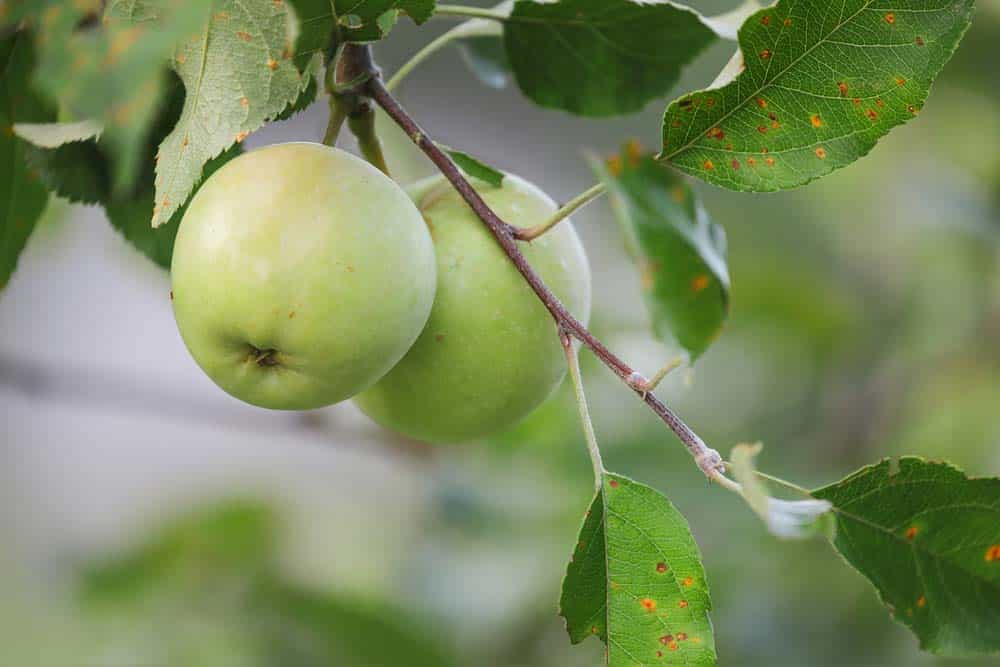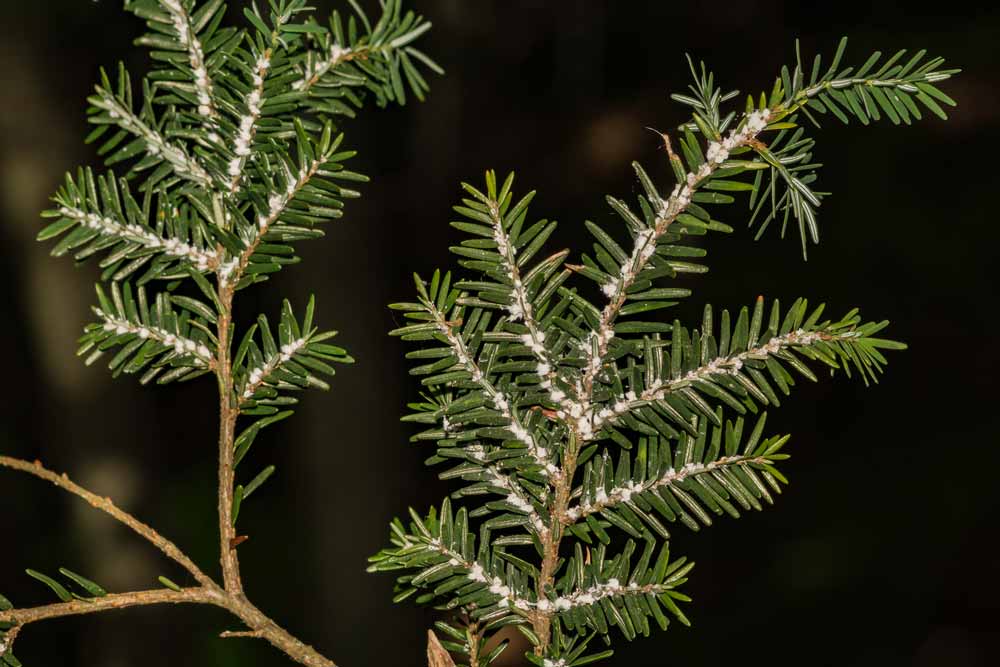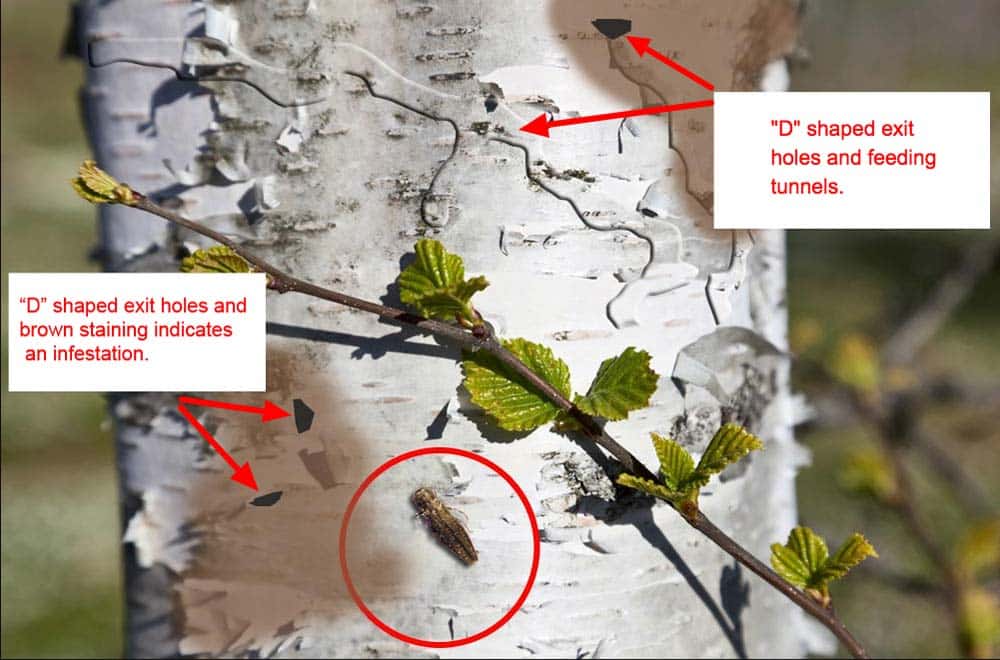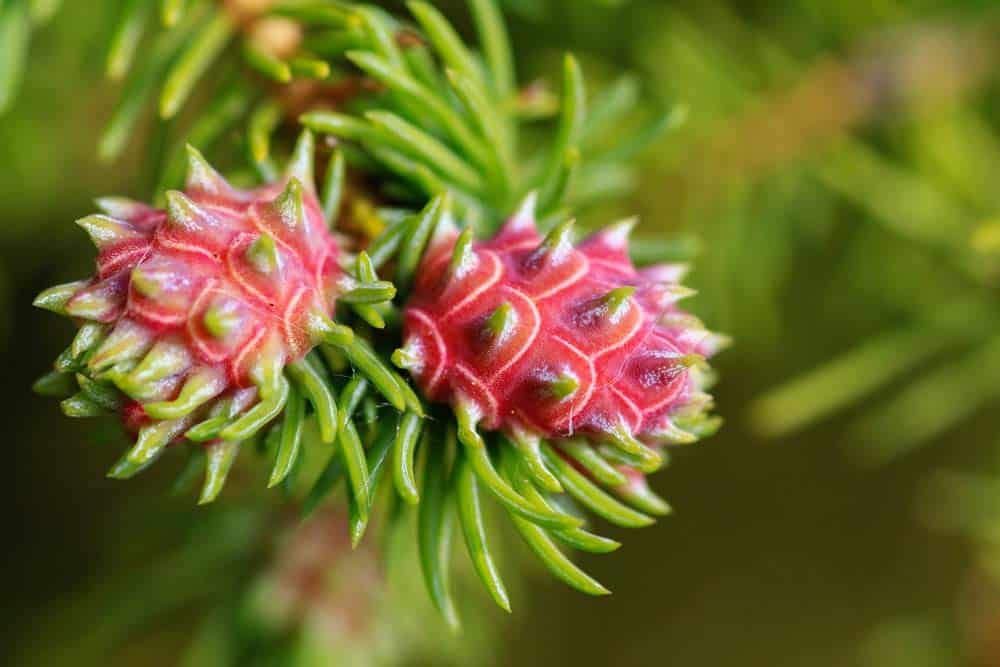If you’re having tree problems and want some quick answers, you’re in the right place. If you’re looking for tree disease treatment in Westchester, NY, you’re in our neck of the woods, we can help.
Tree removal is always a last resort with us. We’ll do whatever we can to save a tree before we take it down. Here’s a list of the most common tree problems we see daily:
Leaf Spot >>
We’re covering the types of leaf spot we see most often in our region. Most forms of leaf spot are caused by fungus. The good news is that many tree fungi are not lethal.
However, over time your tree can become weakened if left untreated. A depleted tree is a perfect candidate for disease and insect infestation.
Black Spots on Leaves (maple)
The photo shows what’s commonly called “tar spot.” Black tar-like spots on maple tree leaves. Black spots on leaves can come in many shapes and sizes on different trees. We see them in varying manifestations on apple trees, maples, oaks, dogwoods, and a host of other trees native to the Westchester, NY region.
These spots can be caused by many possible fungi. Most fungi can be effectively treated at specific times of the year. Varied fungus behavior makes expert diagnosis really important for positive results.
Yellowish/ Orange Spots on Leaves (apple tree)
Yellowish/orange spots on apple tree leaves usually indicate cedar apple rust. For apple and crabapple trees, this fungus presents on the tree leaves as well as the apples.
Small spots begin as a light yellow and gradually turn orange or red, with black dots surfacing later in the season. Hairy pipe structures can form on the underside of the leaf.
Brown Spots on Leaves (boxwood)
Boxwood blight, also known as “box blight,” is a deadly plant fungus that initially presents on boxwoods with dark or light brown leaf spots, progressing with black lesions on the stems.
Leaves will eventually turn brown, and the plant defoliates, oftentimes rather quickly. This fungus will eventually kill the plant if left untreated.
Tree & Plant Pests >>
Insect Scale
Tree scale or insect scale comes in many varieties. These insects don’t actually move and don’t look like insects. The most common types we see in Westchester are white, powdery roundish nubs. Some are black, like mussel shells as well.
Scale is a sap-sucking insect that will kill your tees if left untreated.
Hemlock Woolly Adelgid
The woolly adelgid feeds on hemlocks and some spruce trees. The egg sacs can be seen as white, cotton-like masses on the underside of tree branches. Trees affected by this insect may look a little on the grayish green side. This insect kills trees.
Hemlock woolly adelgid treatment: They can be treated in the dormant season with a topical application of dormant oil. We perform a soil or trunk injection with a systemic insecticide during the growing season. We can also apply a topical contact insecticide during the growing season.
Spider Mites
Spider mites usually go after evergreens during the middle of the summer (July and August). Alberta spruces are notorious for getting spider mites. The needles will dry out on evergreens, turn brown, and flake off. On other plants, you may see some discoloration (bronzing) and scorching of leaves.
Spider Mite treatment: You can control it early on with horticultural oil, but if there is too much infestation, a commercial-grade spider mite treatment will need to be applied
Birch Leafminer (birch leaf miner)
The birch leafminer is a sawfly. The tissue inside the leaves is eaten by the insect larvae starting in early spring. Leaves turn yellow and brown out in July and August.
Heavily-infested trees become weakened over time, which sounds like the dinner bell for other insects and subsequent diseases. This problem is indeed treatable.
Birch leafminer treatment: During the growing season we are doing a soil injection or a trunk injection with a systemic insecticide. We can also do a topical application of a contact insecticide during the growing season.
Birch Bronze Borer
The bronze birch borer is a beetle that attacks all kinds of birch, with white birch being more prone to infestation over river birch. Symptoms include dieback, bubbling of the bark “D” shaped exit wounds (holes), coupled with brown stains.
Treatment: Early detection is critical. We’ve had very good success getting rid of the birch bronze borer. Soil treatment is the method of choice. We use systemic insecticide applied to the root system. The material is then transported throughout the tree.
Tent Caterpillars
Tent caterpillars are easy to spot because of their signature tent-like cocoon. They come out at night and feed on the leaves of your tree. They defoliate the limb and move to another branch. Depending on a tree’s strength, this insect may kill a tree over time.
Treatment: They can actually be physically removed if they are not too high. Otherwise, we apply insecticide.
Tree Growths >>
Most tree growths you’ll see are caused by nonlethal fungi. However, some tree growths can indicate internal decay, while others can create structural vulnerabilities.
Cooley Spruce Gall
Cooley Spruce Gall is a brown cone-like growth that looks like a Christmas ornament. The growth forms as a result of an infection caused by an insect in the Adelgid family. Spruce gall can kill your trees if left untreated.
Treatment: We use a soil treatment. A systemic insecticide is injected through the root system of the tree. It’s absorbed by the tree and through its canopy, controlling the insect.
Tree Canker
Tree cankers are yet another symptom of fungal infection. They are not harmful to the tree itself but can present structural problems and safety concerns.
Cedar Apple Rust (on cedar trees)
Cedar apple rust on cedar trees is easily spotted due to the large, orange gelatinous masses it produces. The disease is more damaging for apple trees because the fruit is scared with spots.
Tree Mushroom
Tree mushrooms are commonly seen near the base of tree trunks and are a sign of internal decay. Whether or not the tree can be saved depends on the extent of the damage.
Tree Burl
Tree burls are abnormal growths that are usually present on the trunks of trees. The burls themselves can be a symptom of stress, fungus, injury, and even insect infestations.
Need Help With a Tree Problem?
It hurts when you see your tree in full vigor quickly decline and die. It doesn’t have to be that way. We can help save your trees and plants.
One of our experts can visit with you and quickly diagnose your plant and tree problems before the damage is irreversible.
Serving: Westchester County, NY • Putnam County, NY • Fairfield County, CT
Get in Touch
"*" indicates required fields















